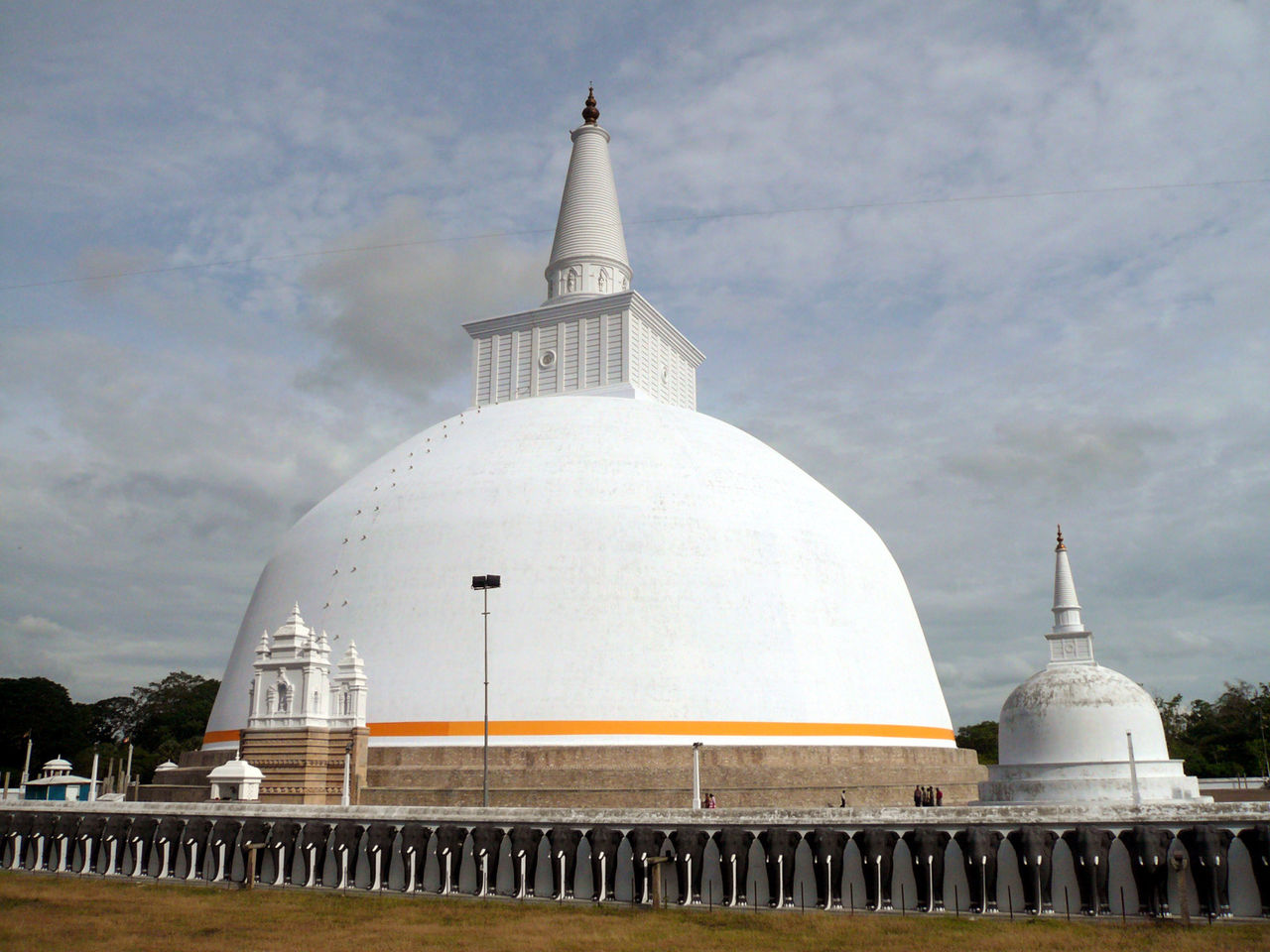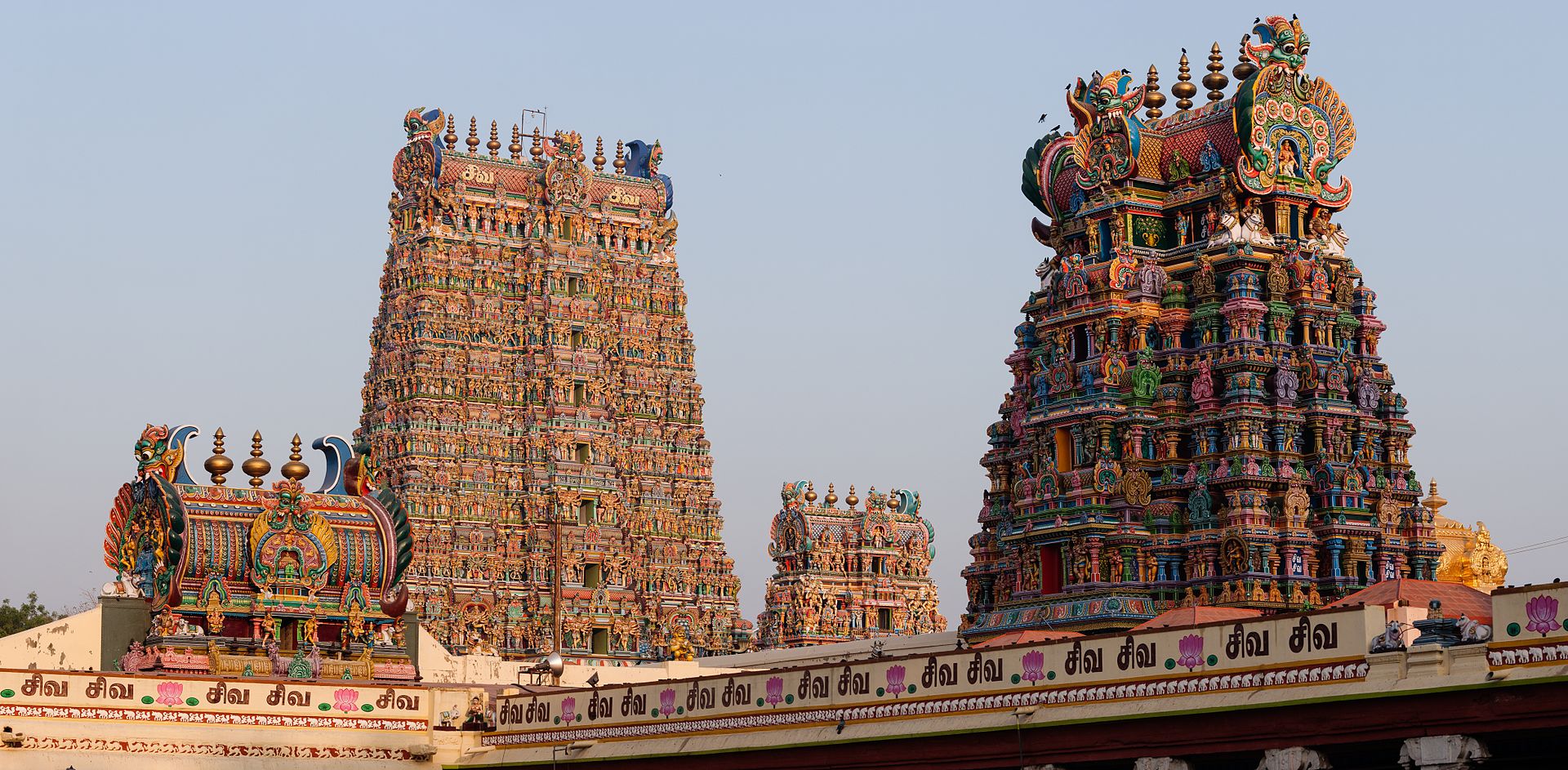
Sharing power: From Madurai to Anuradhapura
By Uditha Devapriya

Sri Lanka’s ties with India have been tenuous, at times friendly but very often lukewarm. Since of late, however, the dynamics have changed, dramatically.
Perhaps for the first time since independence, the island has forged amicable and longstanding ties with its neighbour to the north. Since last year, India has provided around USD 3 billion in assistance, including credit lines for food, fuel, and medicine. None less than India’s Finance Minister, Nirmala Sitharaman, has accompanied her Sri Lankan counterpart, Ali Sabry, to talks with the IMF, in essence speaking on our behalf in Washington. All these have been in addition to high-level bilateral discussions on several areas between the two countries.
Among the areas that have been discussed is energy security. Since the early 2000s, India has been expressing interest in exporting excess electricity to Sri Lanka. During the first Mahinda Rajapaksa administration, for instance, the Ceylon Electricity Board entered into a Memorandum of Association with the National Thermal Corporation of India to set up a coal power plant in Sampur. Though this was later shelved owing to environmental concerns, it led to a discussion about the possibility of a 50 km underground transmission line, between Madurai in southern India and Anuradhapura in Sri Lanka.
Logistical complications aside, the cultural implications of such an arrangement were hard to miss. In the minds of Sri Lankans, especially the more hardcore sections of the majority Sinhala Buddhist community, Anuradhapura attested to the strength of the island’s ancient civilisation. For them, its later decline was the result of a series of invasions from outside, in particular South India. On the other hand, Madurai had been home to a family which had succeeded a Sinhala dynasty in the 18th century. Known as the Nayakkars and accepted by a Sinhala Buddhist polity in the up-country capital of Kandy, they became patrons of a culture, society, and religion that otherwise remained alien to them.
This rather intriguing dualism, caught within as trivial an arrangement as a power sharing deal, epitomised the complexities of Indo-Lanka relations, swaying between amicability and hostility. However, because it was considered too expensive – with estimated costs of up to USD 430 million – the Madurai-Anuradhapura proposal was eventually shelved. The Asian Development Bank did point out that despite the costs, a high-voltage direct current (HVDC) line would enable Sri Lanka “to gain hydropower generation in Bhutan and in Nepal through the Indian power system.” This, however, was overlooked.

The Congress Party may have dropped the idea after this encounter, but the Narendra Modi government has shown an interest in pursuing it. Partly, that has been owing to its pivot to a Neighbourhood First policy. A key element of Neighbourhood First has been India’s energy ambitions for the region. In March 2020, just before COVID-19 hit the subcontinent, the BJP government laid down plans for a regional grid that would include Myanmar, Nepal, Bhutan, Bangladesh, and Sri Lanka. Although Sri Lanka did not immediately respond to this proposal, New Delhi clearly saw its neighbour as a crucial partner here.
Less than two years on, Colombo has blinked. In July 2021 the country’s High Commissioner to Delhi, Milinda Moragoda, authored an integrated strategy for Indo-Lanka ties, covering a period of three years. Highlighting Sri Lanka’s historical ties with India, the report outlined seven missions and numerous objectives to deepen those ties. These included political ties and foreign investments, as well as people-to-people interactions. The sixth mission dwelt on deepening connectivity between the two countries. One of its proposed objectives was the export of electricity from India, especially during drought periods.
What that means is that the Madurai-Anuradhapura transmission line will probably be up for discussion again, after a space of more than a decade. This is an interesting though not inexplicable development. India is zeroing in on a regional energy policy which coheres with its larger geostrategic objectives. Recent developments make it clear that as far as power generation goes, India wants its bête noire, China, out of Sri Lanka. Colombo has kowtowed to these pressures, which explains China’s exit from renewable power generation projects in the north and east and India’s swift entry to those regions.
Sri Lanka should carefully note these developments. For one thing, India has always maintained an energy policy in line with its geostrategic and security aims. This has been the case especially with its nuclear energy policy: while Delhi built its first few nuclear plants in the north and northwest of the country, it has since the 1990s moved southward, setting up bases in Kalpakkam and in Kundakulam. At one level, this indicates a conscious decision to move into regions that are not just close to Sri Lanka, but also far away from its borders with China and Pakistan. At a time when Colombo appears to be gravitating towards Delhi, it thus needs to be aware that India’s energy needs are linked to its security policy.
For another thing, any energy sharing scheme between India and Sri Lanka will have to account for the fact that, unlike the other countries in the region that India exports power to, its neighbour to the south is landlocked. This imposes certain restrictions, especially on the cost and logistical front, that need to be managed. Moreover, Sri Lankans, for the most, tend to be justifiably defensive over issues of food, energy, and national security. They are bound to raise questions about the hidden costs of power sharing schemes, and what such schemes will mean for the country’s sovereignty and economy.
It should be noted here that South Asia’s record on energy trade has been mixed. Though India does trade with Bangladesh, Bhutan, Myanmar, and Nepal, it has been unable to advocate energy cooperation with the rest of the region, even within the SAARC framework. Among other things, hostilities with Pakistan have prevented Delhi from tapping into its potential in these areas. That is why its resumption of talks with Sri Lanka, over a project once deemed too expensive, is so symbolic: because it spells out an opportunity for India to win back Sri Lanka while asserting its dominance in the region.
Whatever the repercussions of power trade schemes may be, there’s no doubt that Sri Lanka is entering a new phase in its foreign policy. Having shunned India for so long, it is returning to its immediate neighbour. Perhaps the biggest irony is that it is the brother of a man who oversaw a transition from Delhi to Beijing who is overseeing a reversal to Delhi today. Given the scale of Sri Lanka’s economic crisis, we will continue with this trajectory in our foreign relations for quite some time. Whether we can benefit from such developments will obviously depend on how smart our political elites and diplomats are.
(The writer is a law graduate and freelance columnist who is completing a Postgraduate Diploma in International Relations at the Bandaranaike Centre for International Studies. He can be reached at udakdev1@gmail.com)
Factum is an Asia-focused think tank on International Relations, Tech Cooperation and Strategic Communications based in Sri Lanka accessible via www.factum.lk
